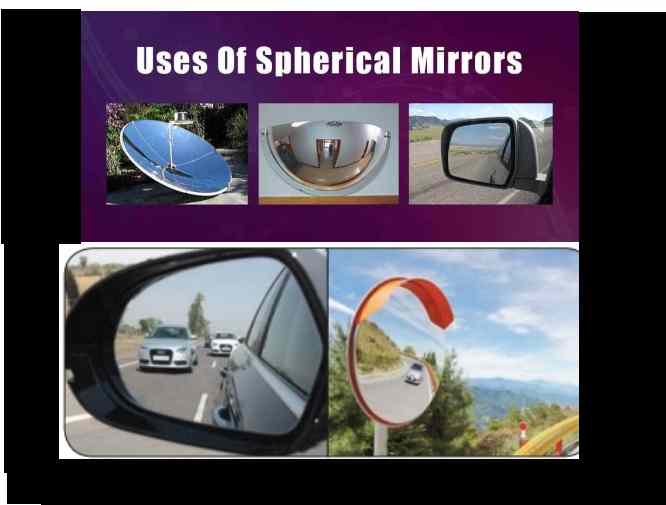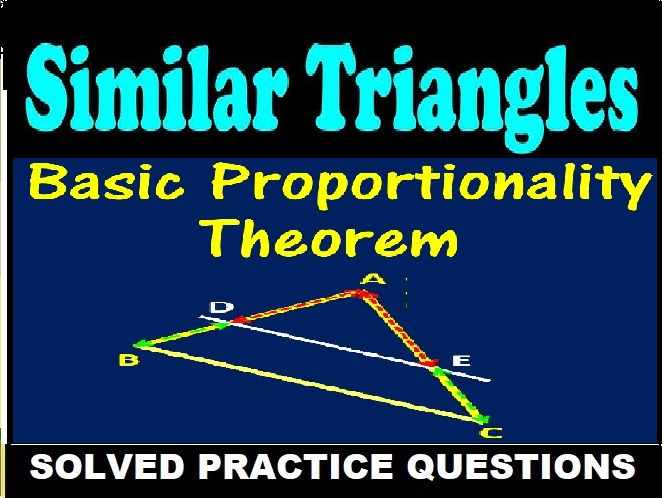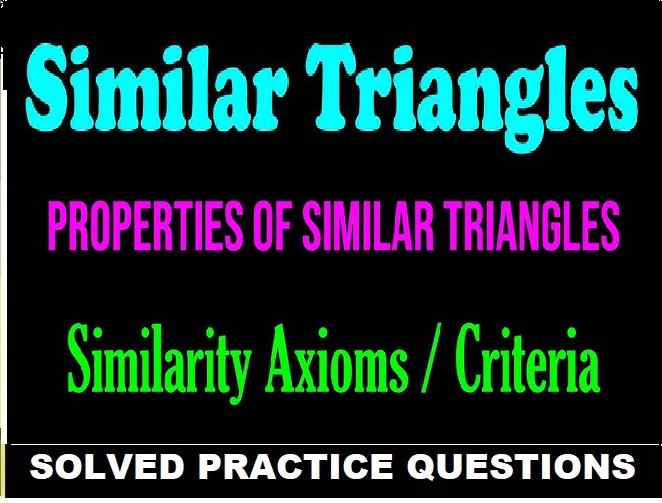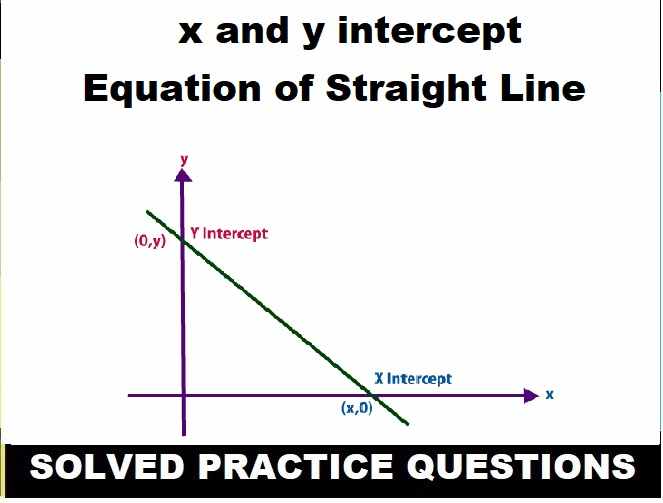Reflection of Light Exe-7C Very Short Answer Concise Physics ICSE Class-9 Selina Publishers. There is the solutions of Very short Answer type Questions of your latest textbook which is applicable in 2025-26 academic session. Visit official Website CISCE for detail information about ICSE Board Class-9.

Reflection of Light Exe-7C Very Short Answer Type
Concise Physics ICSE Class-9 Selina Publishers.
| Board | ICSE |
| Class | 9 |
| Subject | Physics |
| Writer / Publication | Concise Selina Publishers |
| Chapter-7 | Reflection of Light |
| Exe-7C | Spherical Mirrors Image Formation |
| Topics | Solution of Exe-7(C) Very Short Answer Type |
| Academic Session | 2025-2026 |
Exercise- 7C Spherical Mirrors Image Formation
page -189
Very Short Answer :
Que-1: What is a spherical mirror?
Ans: A reflecting surface which is a part of a sphere is called a spherical mirror.
Que-2: Define centre of curvature of a spherical mirror.
Ans: The point in the centre of the sphere from which the mirror was sliced is known as the centre of curvature.
Que-3: Define radius of curvature of a spherical mirror.
Ans: The distance between the centre of curvature and pole of a spherical mirror is known as the radius of curvature.
Que-4: What is the aperture of a spherical mirror?
Ans: The portion of a mirror from which the reflection of light actually takes place is called the aperture of the mirror.
Que-5: Define the pole of a spherical mirror.
Ans: The pole of a spherical mirror is the centre of the reflecting surface of the spherical mirror.
Que-6: Name the mirror which always produces an erect and virtual image. How is the size of image related to the size of object?
Ans: Convex mirror always produces erect and virtual images. The images formed are diminished, i.e. the size of the image is shorter than the size of the object.
Que-7: (a) For what position of object, the image formed by a concave mirror is magnified and erect?
(b) State whether the image in part (a) is real or virtual?
Ans: (a) When the object is between the pole and focus of a concave mirror then the image formed is magnified and erect
(b) The image is virtual.
Que-8: (a) State the position of object for which the image formed by a concave mirror is of same size.
(b) Write two more characteristics of the image.
Ans: (a) If the object is placed at the centre of curvature of a concave mirror, the image formed is of same size.
(b) The image formed is real and inverted.
Que-9: (a) What is a real image?
(b) What type of mirror can be used to obtain a real image of an object?
(c) Does the mirror mentioned in part (b) form real image for all locations of the object?
Ans: (a) When the rays of light diverging from a point, after reflection of refraction, actually converge at some point, then that point is the real image of the object.
(b) A concave mirror can be used to obtain a real image of an object.
(c) No, it does not form real image for all locations of the object.
Que-10: Name the kind of mirror used to obtain :
(a) A real and enlarged image
(b) A virtual and enlarged image
(c) A virtual and diminished image
(d) A real and diminished image.
Ans: (a) Concave
(b) Concave
(c) Convex
(d) Concave.
Que-11: How is the focal length of a spherical mirror related to its radius of curvature?
Ans: Focal length is half the radius of curvature of a spherical mirror.
f=R/2.
Que-12: Write the spherical mirror’s formula and explain the meaning of each symbol used in it.
Ans: The spherical mirror’s formula is 1/u+1/v=1/f
Here, u is the object distance, v is the image distance and f is the focal length of the mirror.
Que-13: State the kind of mirror used
(a) By a dentist,
(b) As a search-light reflector.
Ans: (a) Concave mirror
(b) Concave mirror
Que-14: Which mirror will you prefer to use as a rear view mirror in a car : plane mirror or convex mirror? Give one reason.
Ans: A convex mirror is preferred as a rear view mirror because it has a wider field of view as compared to a plane mirror of same size.
Que-15: How is magnification (m) related to the distance of the object (u) and the distance of the image (v) ?
Ans: Magnification = –(Image Distance)/ (Object Distance)
That is,m = -v/u
— : end of Reflection of Light Exe-7C Very Short Answer Concise Physics ICSE Class-9 Selina Publishers solutions :—
Return to: – Concise Selina Physics ICSE Class-9 Solutions
Thanks


